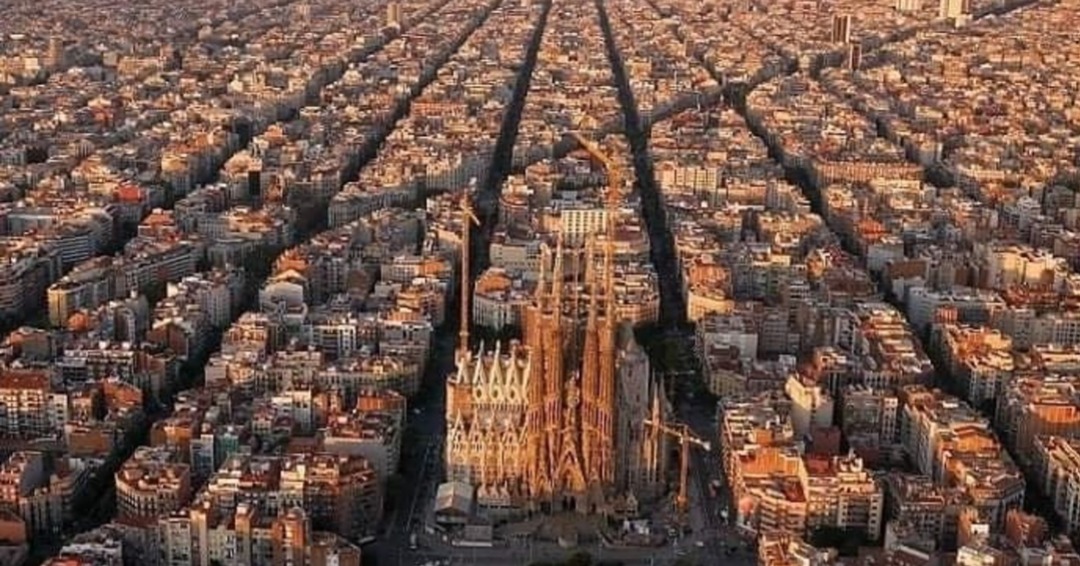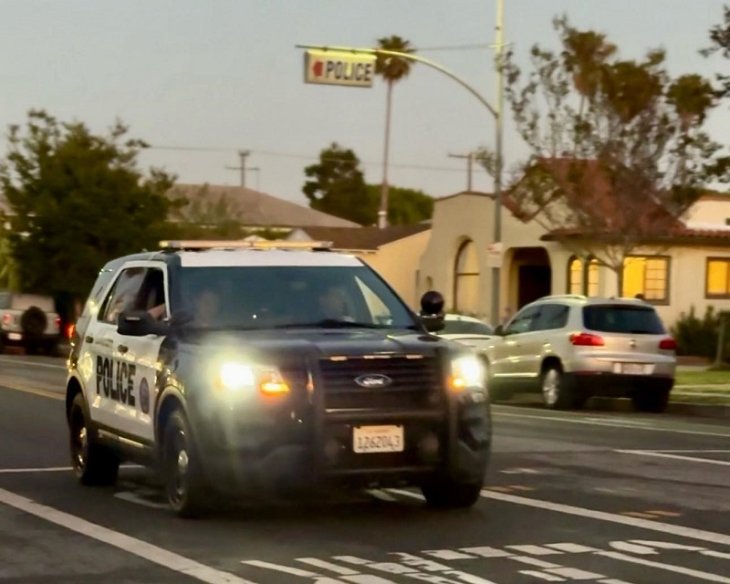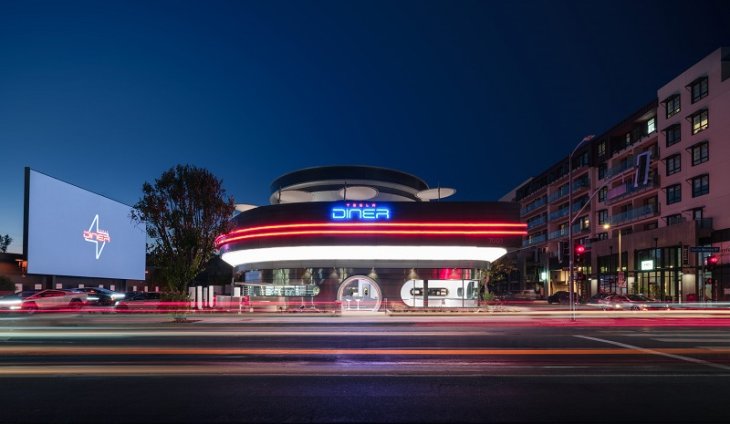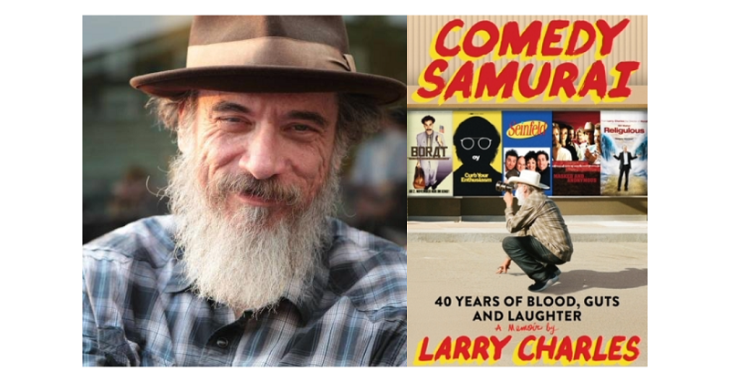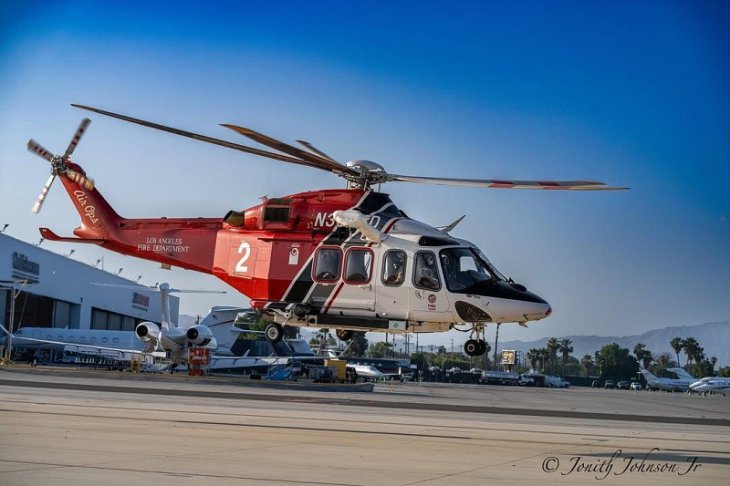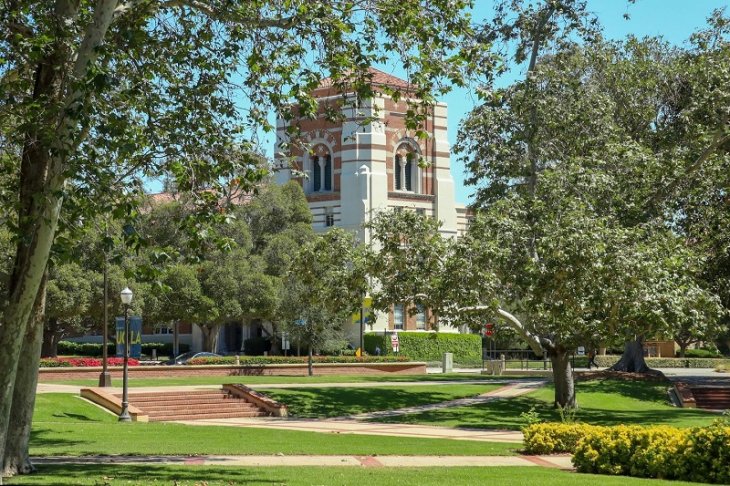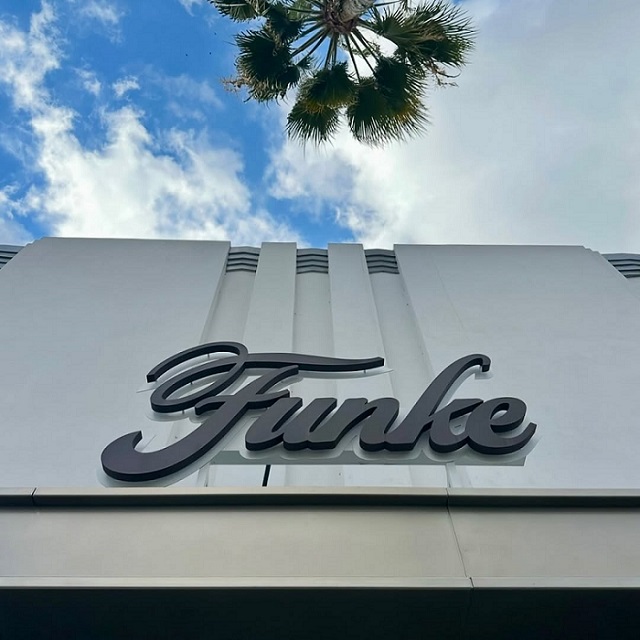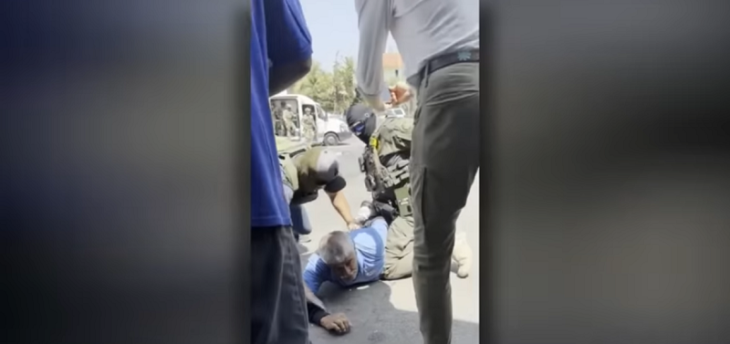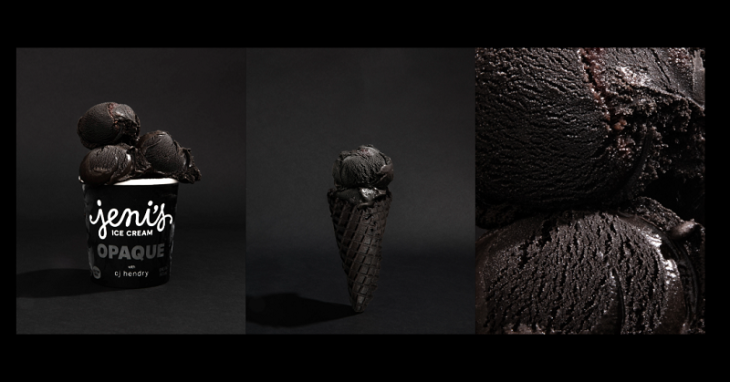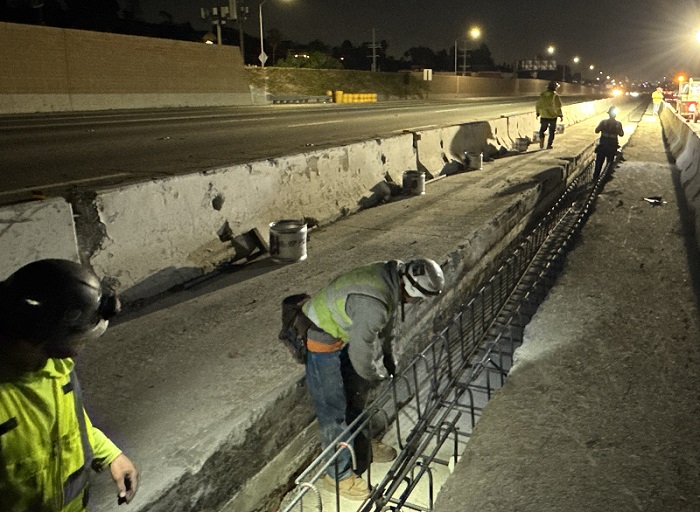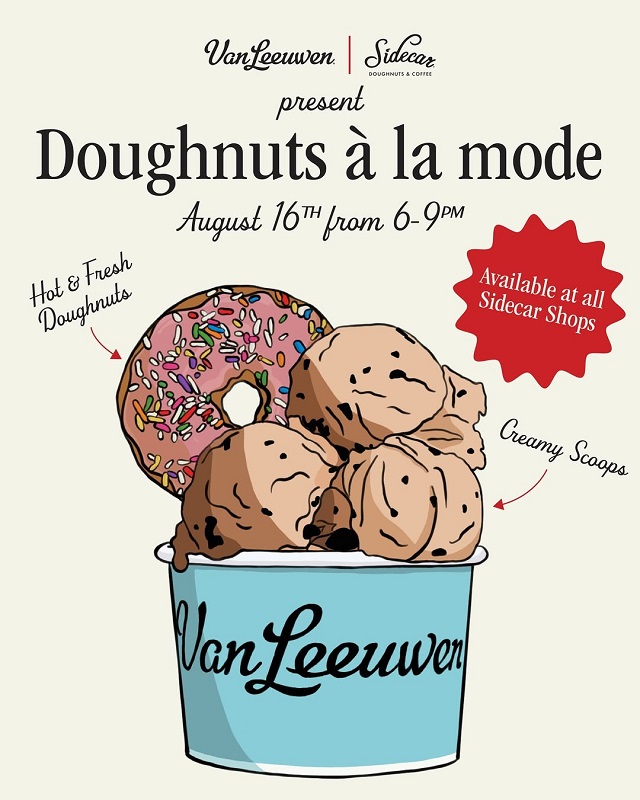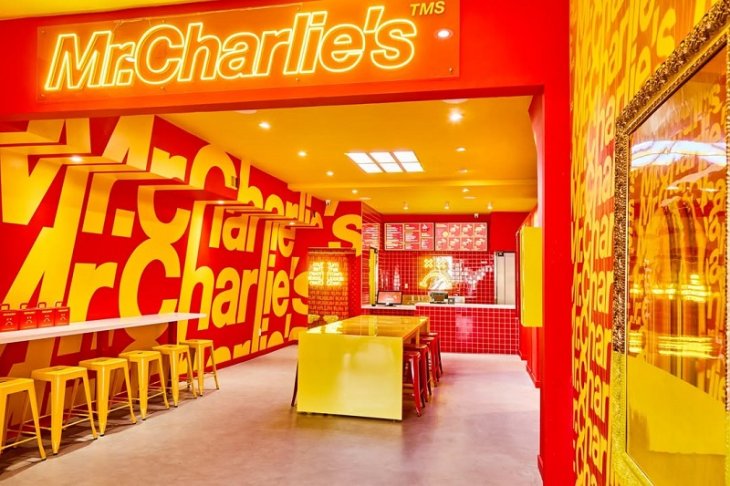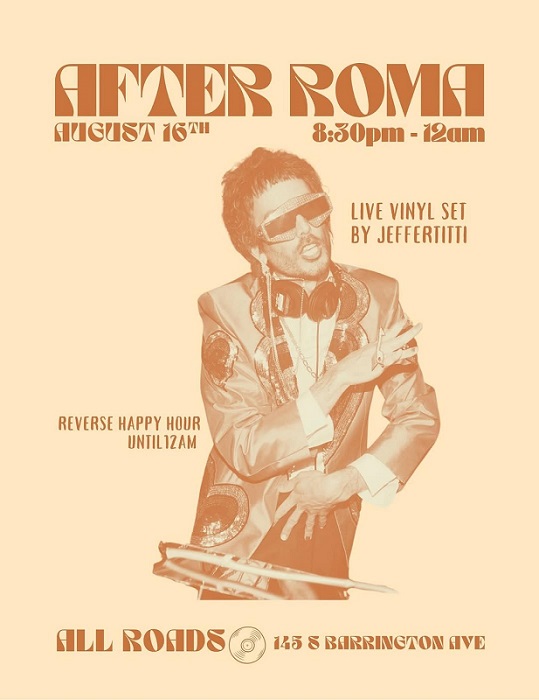Transforming Residential Blocks to Reclaim Public Space and Combat Air Pollution
By Dolores Quintana
The Los Angeles City Council’s Transportation Committee recommended the implementation of the first Los Angeles Park Block Pilot in Council District 14 following discussions on a motion presented by Councilmember Kevin De Leon and former Councilmember Mike Bonin. The motion highlights the success of the “Superilla” program in Barcelona, which was introduced in 2016 to combat air pollution, urban noise, and traffic fatalities and has been approved by a vote of the full City Council as reported by Urbanize Los Angeles.
In addition to instructing LADOT and the Bureau of Engineering to identify a location and implement the pilot of the program in District 14, the report also directs them to find the necessary funding and staffing resources needed to implement additional pilot locations and scale up to a full Citywide Park Block Program.
The report does not come with a financial impact statement. However, there was a community impact statement that came from the Palms Neighborhood Council, which was part of the genesis of the plan with the involvement of Mike Bonin. Since the Palm Neighborhood Council was considering the plan so much that they had a Community Impact Statement created.
The Superilla program transforms residential blocks by reconfiguring vehicle circulation, allowing for a significant portion of street surface areas and intersections to be reclaimed as usable public space. This approach prevents cut-through traffic and maintains accessibility for necessary traffic within the blocks. Recent studies have demonstrated the tremendous benefits of the Superilla program, revealing significant drops in noise and air pollution within the interior areas. At the same time, the external edges did not experience notable traffic increases.
Over the years, residents living within the Superilla blocks in Barcelona have witnessed increased civic life as community members spent more time outdoors, fostering a stronger sense of neighborhood and community engagement. The creation of the Superilla program proved to be cost-effective, employing a phased design that began with temporary installations and became permanent based on public input and on-site experience.
Los Angeles now has an opportunity to lead the United States by designing a local “Park Blocks” program modeled after Barcelona. These Park Blocks can effectively address poor air quality and traffic violence, potentially saving lives. Moreover, they offer the potential to create instant public open spaces that provide substantial shade, opportunities for outdoor recreation, greening initiatives, and stormwater capture in communities in desperate need of parks.
To ensure the success of the Park Blocks program, it must be thoughtfully designed and tailored to suit Los Angeles’ unique characteristics. Participatory and customized public processes should be employed to ensure community involvement and satisfaction. However, given the limited resources available for initial pilot projects, priority areas should be chosen among communities with the least access to public spaces, the highest health disparities, high population densities, and a strong desire to participate in the program.

